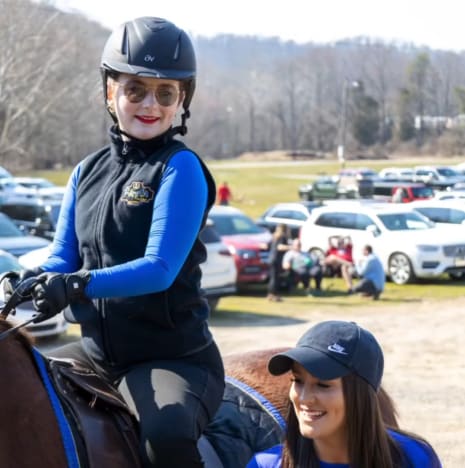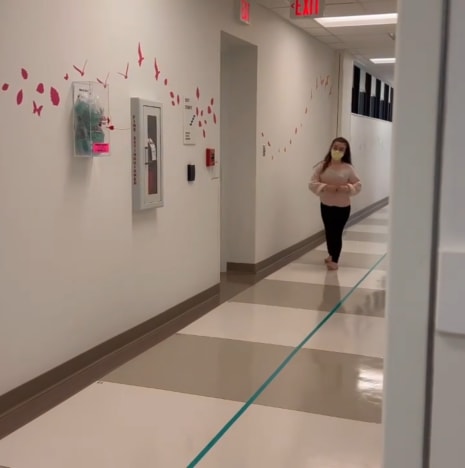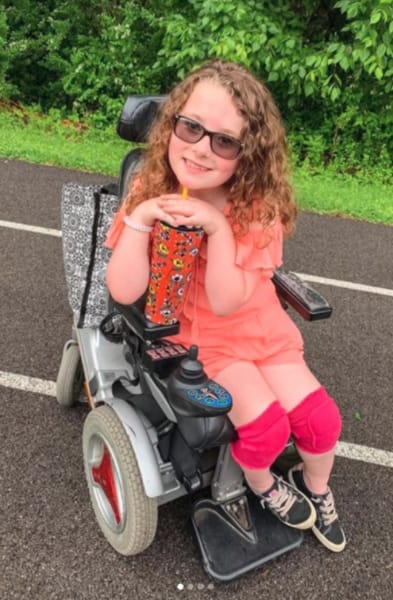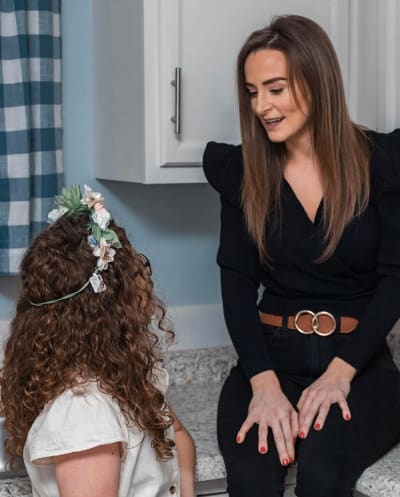Leah Messer Offers Inspiring Update on Daughter: Ali is Healthier Than Ever!
Alongside the many ups and downs of Leah Messer’s life, one part of her story has never changed: Aliannah.
In 2014, Ali was diagnosed with an extremely rare form of Muscular Dystrophy.
Teen Mom 2 viewers have followed Leah and Ali’s journey, always hoping for good news about the 12-year-old’s prognosis and treatment.
This week, Leah shared some very welcome good news.
On Thursday, March 17, Leah Messer gave an update to her followers about Ali’s latest visit to Dr. Tsao.
“An update from Alis MD appt yesterday!” Leah began in her caption.
“All great things,” Leah raved.
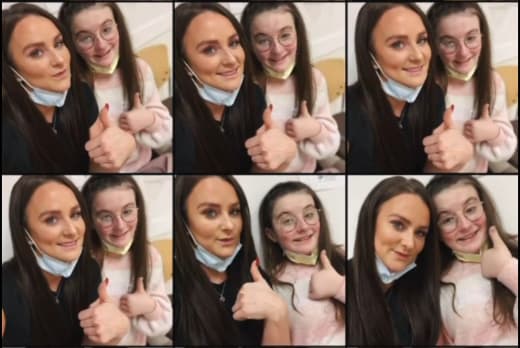
“He sees more of an improvement than he ever has, mind & body,” Leah shared.
“He said what he sees is remarkable,” she added.
Leah explained that Dr. Tsao found it remarkable “because she seems a lot stronger.”
“700+ of her type of #MuscularDystrophy,” Leah added.
She is of course referring to how Leah’s type of muscular dystrophy is not as rare as it was just 8 years ago.
“He gave a lot of credit to her love, hard work, and dedication to reaching horseback riding goals,” Leah noted.
Leah emphasized that these were goals “that she sets for herself.”
“Reflex is still the same,” she acknowledged, “but strength is better.
“Pulmonary is better,” Leah added, “weight and growth chart is better than it has ever been.”
“He even asked to take a photo with her,” Leah detailed.
“We love Dr. Tsao and are so grateful for his practices and guidance over the years,” she gushed.
“Keep working hard and staying dedicated Ali girl,” Leah expressed.
“We love you and are so proud of you!” Leah raved.
“A special thanks to all of you,” she concluded, “who believe in and support my girl.”
Certainly, it is safe to say that all of us are Team Ali.
Though viewers have watched both of Leah’s twins grow up, Ali’s health journey has been of particular interest — and concern.
The 12-year-old’s form of Muscular Dystrophy is called Titin Myopathy.
At the time that she was diagnosed, she was the first-ever child with the diagnosis … and there were only 20 cases in the world.
Now, that number has grown exponentially.
It may sound odd to celebrate a broadening diagnosis of a life-altering condition.
However, more people being diagnosed does not neessarily mean more people with Titin Myopathy, just more people who know that they have it.
The more people who have a condition, the more “cohorts” they have — that is, the more opportunities for treatment and study.
Ali’s improvement in these areas, as reported by Leah, is remarkable.
What worked for her could work for others with her still-rare-but-less-so form of MD. And, even if it doesn’t work for everyone, could still help lead to better treatments.
Muscular Dystrophy actually refers to a group of neuromuscular diseases, each of which result in the breakdown of muscle.
However, Ali’s prognosis is better than it once seemed, with Leah recently sharing how she could expect to live a full life because of which organs remain unaffected.
Even so, a cure would be amazing — for Ali, for others with Titin Myopathy, and for countless others with other forms of Muscular Dystrophy.
